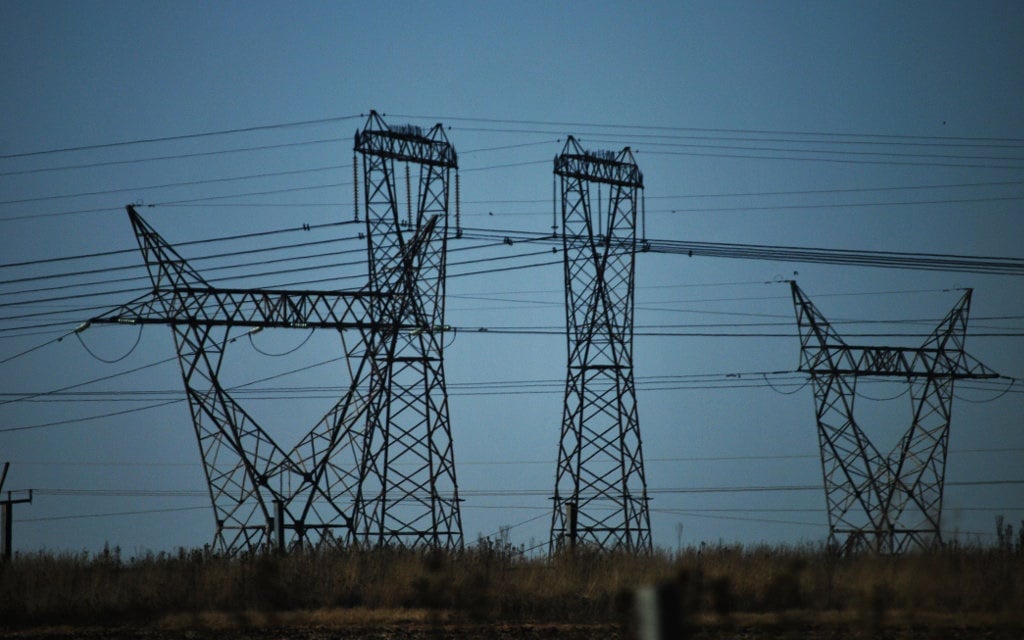News24.com | EXCLUSIVE | Leaked document: Eskom leadership ‘gutted’ by state capture as utility fights to turn around


- Despite considerable efforts by Eskom to improve project delivery, challenges remain, a leaked document shows.
- State capture has “gutted” leadership capacity, it indicates.
- Recommendations include strengthening technical governance, capacitating of staff, and expanding project portfolios and possible private-public partnerships.
Plant failures, trust deficits, and the “state capture” shadow, which has gutted leadership at Eskom, are among a long list of challenges that are bogging down the power utility as it tries to make headway, a leaked document has revealed.
The first revision of a 44-page position paper titled: The Eskom deliver projects methodology in the context of Eskom’s present strategy, sets out a range of interventions for the power utility to improve project delivery.
The document was signed off by chief operations officer Jan Oberholzer on 6 July. It was developed in the latter half of 2019 and earlier in 2020, Oberholzer said in a separate note to Eskom “Guardians” or employees, which Fin24 has seen.
‘Phenomenal’ pace of change
“Changes in Eskom are unfolding at a phenomenal pace, the Covid-19 global pandemic is likely to have a major [if yet uncertain] impact, however, significant progress has already been made in what is tabled in the position paper,” Oberholzer wrote to staff.
Despite the changes brought on by the pandemic, the document is still relevant and Oberholzer said the position paper was to be used as a reference point for the utility’s project offices to use to plan for the short and medium term.
The Eskom deliver projects methodology had existed and been developed over a number of decades, the introduction of the document noted.
The paper has supported notable strategies of Eskom in the past, including the massive rollout of electrification of households during the first decade of democracy.
However, it also acknowledges the negative impact of state capture on project successes.
Taking on past failures
The power utility is hoping to use the Eskom deliver projects methodology this time to correct past failures and improve project delivery, while taking into account the organisational restructure underway.
But there are a number of external factors Eskom is challenged by, such as a drop in demand for electricity, an inability to raise funding at viable borrowing rates or through tariff increases, the latter of which is contributing to the utility’s death spiral.
Eskom has a debt burden of R450 billion which it wants to reduce to R200 billion and has been struggling to secure cost-reflective tariffs. It also has a junk credit rating, which contributes negatively to its cost of borrowing.
There are also internal factors or own goals which have worsened Eskom’s prospects of moving forward. The document indicated plant failures outstripped supply needs. Eskom implemented loadshedding due to plant failures earlier in July, amid a lockdown with already reduced demand.
It recently warned there was a risk of loadshedding being implemented, with the system facing “severe pressure”.
‘Trust deficit’
Based on the position paper, it is also battling a “trust deficit”, created by “past and present obfuscation of matters” which have resulted in a breach of law in terms of public procurement, contractual terms and fair labour practice.
“Leadership has been gutted … by the state capture shadow” the document continued.
It also highlighted critical decision-making “at every level” was protracted, or “simply not made”. Some committees have not been functioning properly.
There have also been staffing issues, with people who are experienced, knowledgeable and properly equipped, not in critical positions.
“Success of projects, initiatives and intended benefits are hugely dependent on the integrity of the team of people involved in the work and stakeholders.
“The mega project environment was launched with a foundation, which became more and more compromised with vested interests and corruption.”
The paper also pointed out structural stability had a role in ensuring responsibilities or tasks of a project were fulfilled on time and properly.
“Poorly initiated, thought-through and implement organisational restructurings in the last decade and related challenges in job profile development created numerous functional gaps and overlaps,” it said.
“People need to be trained in the substance of what they need to know to do their particular jobs.”
Goals for improvement
Responding to the challenges, Eskom sets out a range of short-, medium- and long-term objectives to improve delivery.
This includes implementing a technical governance framework for Eskom operations – which would, among other things, create organisation stability despite restructures. It also aims to implement the professional registration of key personnel appointed to increase resilience of staff and manages accountability.
In the medium term, a “dummies’ guide” should be in development for procurement, key appointments and contract strategies, which will help avoid breaches of legislation.
It also puts forward taking steps to provide industry resource centres: this serves to pool knowledge and avoids duplication of functions of different entities involved in projects.
Longer-term objectives involve public-private partnerships and expanding the portfolio of projects to include green elements such as off-setting carbon emissions with African rainforest protection or rehabilitating open-cast mines and ash dump areas.
Overall, improving project delivery could help Eskom achieve several “aspirations”, such as complying with the Public Finance Management Act and relevant legislation, and allowing it to meet socio-economic objectives, such as creating employment and reducing the cost of doing business.
In the long term, Eskom aims to have its projects have a zero net environmental impact, reduce its dependency on electricity sales for income, and drive industrialisation and local manufacturing supportive of inclusive and equitable growth.